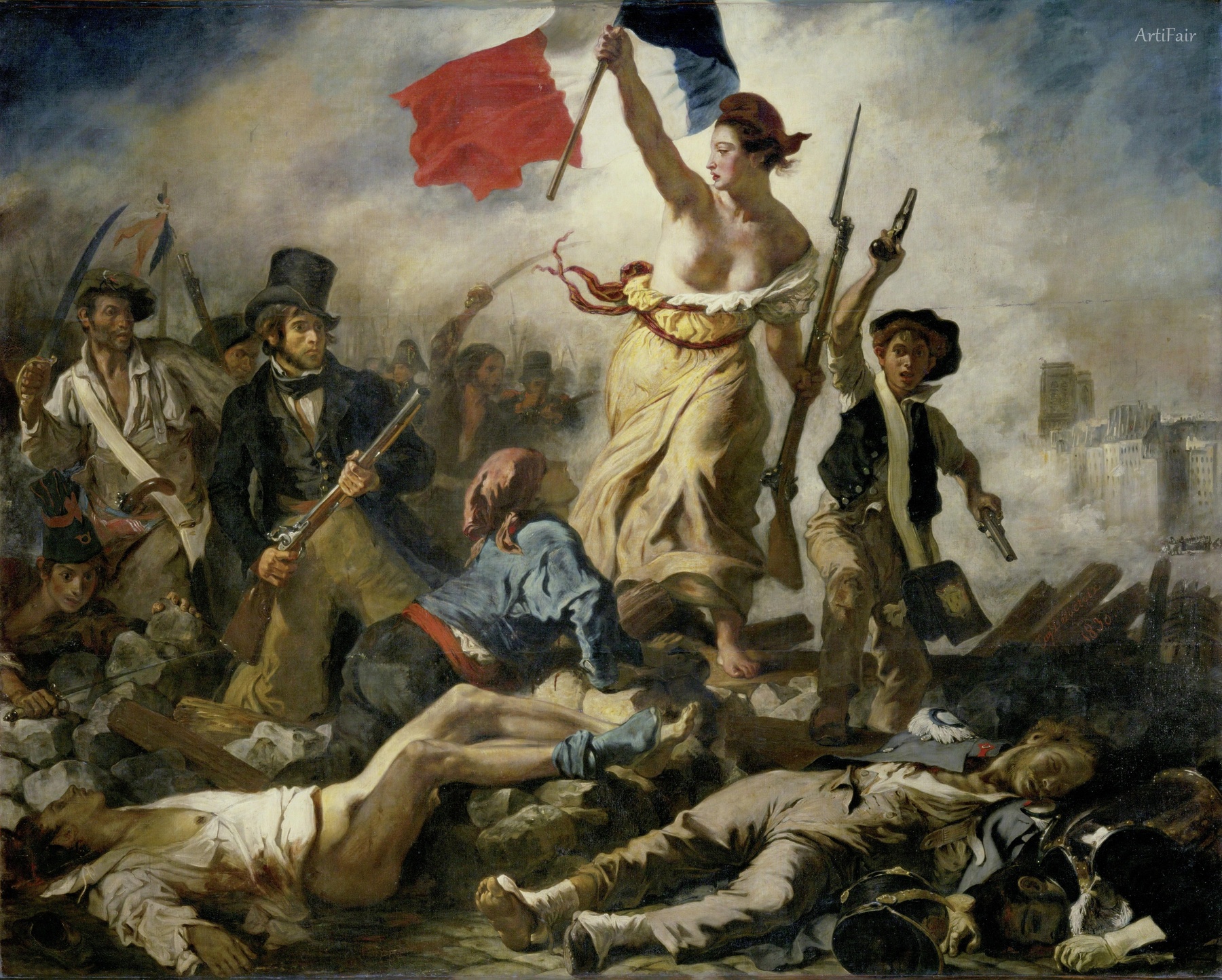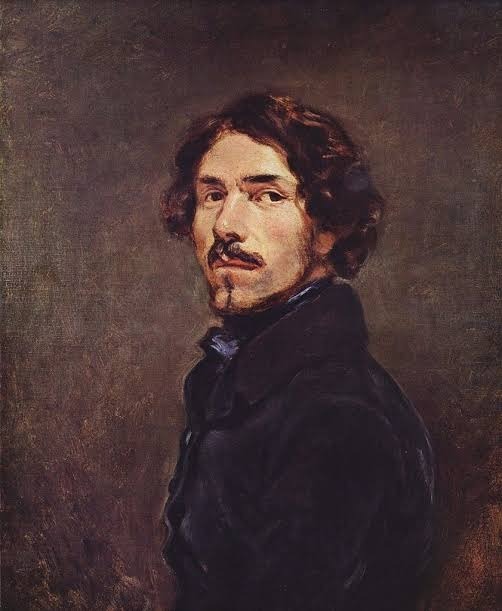

Eugène Delacroix
FR
233
Artworks
1798 - 1863
Lifespan
Artist Biography
Ferdinand Victor Eugène Delacroix (1798-1863) stands as a towering figure of French Romanticism, widely regarded as the leader of this revolutionary artistic movement. His profound impact stemmed from his dramatic use of color, expressive brushwork, and a keen interest in portraying emotion, exoticism, and the sublime. Rejecting the Neoclassical emphasis on precise outlines and idealized forms championed by his rival Jean-Auguste-Dominique Ingres, Delacroix found inspiration in the rich palettes of Rubens and the Venetian Renaissance painters. His work, characterized by dynamic compositions and often violent or sensual themes drawn from history, literature, and contemporary events, fundamentally altered the course of 19th-century art and laid crucial groundwork for Impressionism and Post-Impressionism.
Born on April 26, 1798, in Charenton-Saint-Maurice, near Paris, Delacroix's parentage has been a subject of speculation, with some theories suggesting the influential statesman Charles-Maurice de Talleyrand-Périgord, rather than Charles Delacroix, was his biological father. Regardless, he received a classical education and nurtured early passions for music and theatre. Orphaned at sixteen, he entered the studio of Pierre-Narcisse Guérin in 1815, where he encountered Théodore Géricault, whose monumental work *The Raft of the Medusa* profoundly affected him. Delacroix absorbed influences from contemporary Romantics like Richard Parkes Bonington, Frédéric Chopin, and George Sand, and literary figures such as Lord Byron and Walter Scott, whose works frequently inspired his subjects. His early development was also shaped by diligent study of Old Masters in the Louvre.
Delacroix burst onto the Parisian art scene with his 1822 Salon debut, *Dante and Virgil in Hell*, a work that signaled his departure from academic convention through its dramatic intensity and rich coloration. His reputation as a leading Romantic painter solidified with *The Massacre at Chios* (1824), a harrowing depiction of a contemporary atrocity in the Greek War of Independence, which, despite critical outcry, was purchased by the state. This was followed by *Greece on the Ruins of Missolonghi* (1826), further showcasing his engagement with current events and romantic ideals. A trip to England in 1825 exposed him to the works of Constable and Lawrence, influencing his handling of light and color. Perhaps his most controversial early masterpiece, *The Death of Sardanapalus* (1827-28), inspired by Byron's play, shocked audiences with its opulent violence and sensuality, cementing his image as a painter of passionate extremes. His most iconic painting, *Liberty Leading the People* (1830), became an enduring symbol of revolution, capturing the fervor of the July Revolution with its dynamic composition and allegorical power.
A pivotal moment in Delacroix's career was his 1832 journey to Morocco and Spain as part of a diplomatic mission. This six-month immersion in North African culture provided him with an inexhaustible source of inspiration, profoundly impacting his palette, which became richer and more luminous, and his thematic interests. He was captivated by the people, their attire, the vibrant light, and what he perceived as a "primitive" culture that echoed classical antiquity. This experience fueled his interest in Orientalism, resulting in over one hundred paintings and drawings, including masterpieces like *Women of Algiers in their Apartment* (1834) and *Jewish Wedding in Morocco* (1837-1841). These works showcased his ability to capture the exotic allure and sensory richness of these distant lands, often focusing on everyday life, ceremonies, and dramatic scenes such as lion hunts.
Upon his return to France, Delacroix received numerous prestigious commissions for large-scale public decorations, which became a significant part of his later career. He executed extensive mural cycles for prominent Parisian buildings, including the Salon du Roi and Library at the Palais Bourbon, the Library at the Palais du Luxembourg, the Galerie d'Apollon in the Louvre, and culminating in the Chapelle des Anges at the Church of Saint-Sulpice (1857-1861), featuring dramatic compositions like *Jacob Wrestling with the Angel*. These commissions allowed him to work on a grand scale, emulating masters like Rubens and Veronese. Throughout his career, Delacroix maintained a prolific output, exploring literary, historical, mythological, and religious themes. His *Journal*, kept intermittently throughout his life, offers invaluable insights into his artistic philosophy, his meticulous study of color theory, his admiration for music, and his reflections on art and life. He famously stated, "Colour always occupies me, but drawing preoccupies me," underscoring his balanced approach despite his renown as a colorist.
Delacroix's later years were marked by recurring bouts of ill health, though he continued to work with characteristic intensity, supported by his devoted housekeeper, Jeanne-Marie le Guillou. He was finally elected to the Académie des Beaux-Arts in 1857, after several attempts. Eugène Delacroix died in Paris on August 13, 1863, leaving behind an immense oeuvre of over 9,000 works. His legacy is monumental; he is celebrated not only as the foremost painter of French Romanticism but also as a crucial precursor to modern art. His expressive use of color, dynamic compositions, and emotional depth profoundly influenced the Impressionists, including Manet, Monet, and Renoir, who studied and copied his works. Post-Impressionists like Van Gogh and Seurat built upon his color theories, and his passion for the exotic inspired Symbolist artists. Charles Baudelaire, a fervent admirer, aptly described him as "passionately in love with passion, but coldly determined to express passion as clearly as possible," capturing the essence of Delacroix's revolutionary and enduring artistic vision.